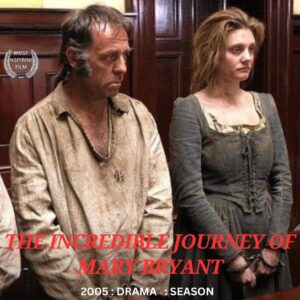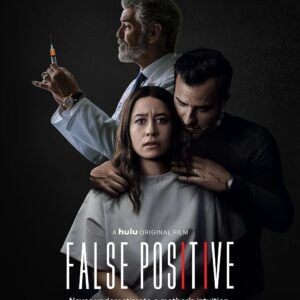Released in 2002, “28 Days Later” is a British post-apocalyptic horror film directed by Danny Boyle. The movie follows the story of Jim, a bicycle courier who wakes up from a coma to find London deserted after a highly contagious virus has spread, turning humans into bloodthirsty zombies.

As Jim navigates through this dystopian world, he meets a group of survivors and together, they try to find sanctuary while facing the horrors of the infected.
Boyle’s unique filming style, known for its gritty realism and intense visuals, adds to the overall atmosphere of tension and suspense in the movie. The use of handheld cameras and fast-paced editing techniques creates a sense of urgency and immediacy, pulling the audience into the chaotic world of the survivors.
Cillian Murphy delivers a captivating performance as Jim, portraying a wide range of emotions from confusion and fear to determination and resilience. The chemistry between the main characters adds depth to the storyline, as they grapple with moral dilemmas and the harsh realities of survival in a post-apocalyptic world.

The movie’s sound design and score, composed by John Murphy, further enhance the viewing experience. The haunting soundtrack sets the tone for the film, building suspense and accentuating the sense of isolation and despair felt by the characters.
One of the notable aspects of “28 Days Later” is its exploration of human nature under extreme circumstances. As the characters fight to stay alive, they must confront their inner demons and make difficult choices that test their humanity. The film raises thought-provoking questions about the fragility of society and the resilience of the human spirit in the face of adversity.
Overall, “28 Days Later” stands out as a gripping and visceral cinematic experience that combines elements of horror, suspense, and drama. With its strong performances, innovative filmmaking techniques, and compelling narrative, the movie continues to captivate audiences and remains a cult classic in the horror genre.





